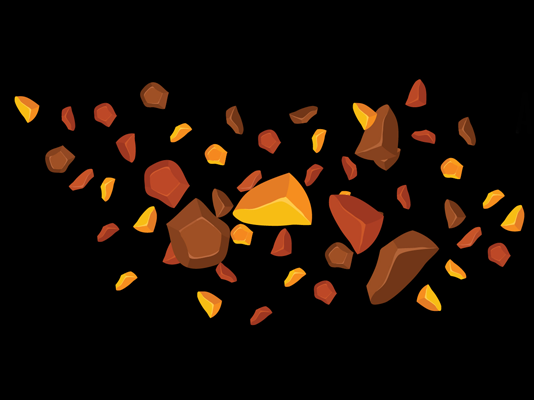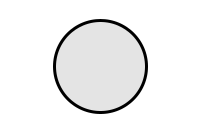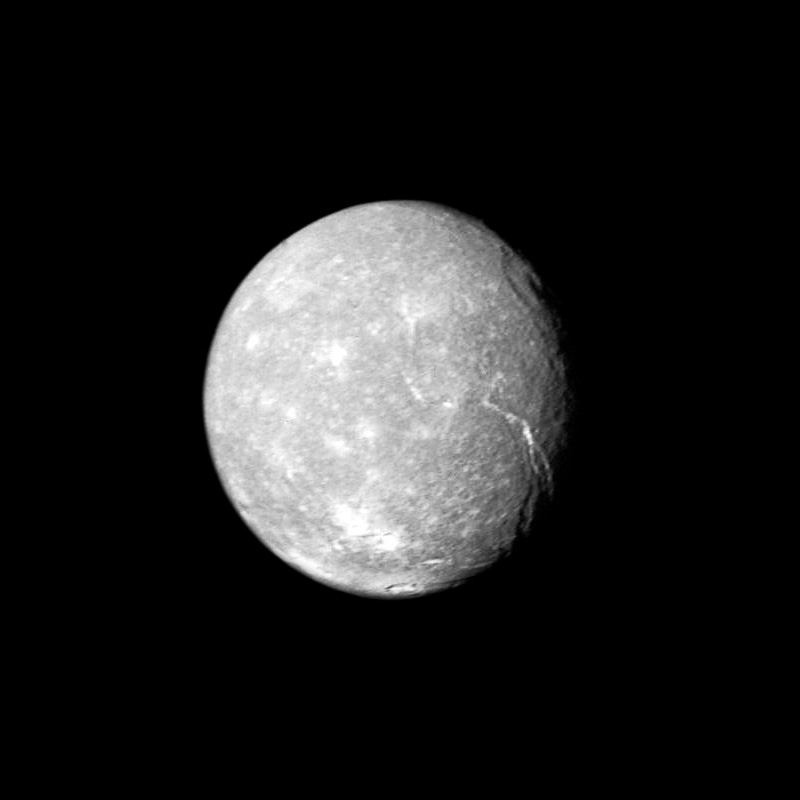Titania, a moon of Uranus
271,104 miles
981 miles
Titania is the largest moon of Uranus and the eighth largest in the Solar System. It was discovered on 11 January 1787 by the German-born British astronomer William Herschel, who also discovered Uranus itself. Titania has a diameter of 1,578 kilometres (981 miles) and takes just under nine Earth days to orbit the planet.
Titania’s surface is a mix of bright and dark regions, crossed by a network of enormous faults and canyons. These features suggest that Titania expanded slightly after it formed, causing its icy crust to crack. Some of the canyons, such as Messina Chasma, stretch for hundreds of kilometres and plunge several kilometres deep. The moon’s surface also shows impact craters, though many are partly eroded, hinting at geological processes in its past.
Titania is thought to be made of roughly equal parts ice and rock. Its interior may contain a subsurface ocean of liquid water, kept from freezing entirely by residual heat and the presence of salts or ammonia.
Titania is named after the queen of the fairies in William Shakespeare’s A Midsummer Night’s Dream, written in the 1590s. In the play, Titania becomes the unwitting victim of a love potion, causing her to fall in love with the character Bottom, who has been magically given the head of a donkey by the mischievous sprite Puck. Yep, perfectly normal behaviour.
The name follows the tradition, established by astronomer John Herschel (William Herschel’s son), of naming Uranus’s moons after characters from Shakespeare’s plays and, occasionally, from Alexander Pope’s poetry. Titania’s consort in the play, Oberon, also lends his name to another large moon of Uranus.






